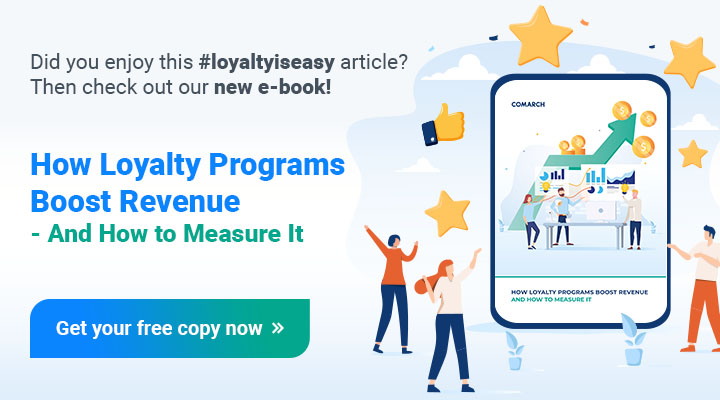The rise of B2B loyalty
- PublishedLast update
- 2 min reading

For a long time, loyalty programs have been considered for B2C initiatives rather than the B2B market. Because B2B businesses tend to have longer sales cycles and buyers that aren’t attracted by coupons, many thought that B2B loyalty programs would not be effective. These days, as competition has increased significantly, companies are realizing the value of investing in loyalty.
A loyalty program is only useful if it continuously gathers and analyses information about the target group. First of all, companies need to identify who they treat as customers. Usually, B2B purchases are more complex and involve more resources on the client-side. Understanding buyer personas and their preferences significantly increase chances for successful and long-term cooperation.
One more argument for a more personalized approach is the H2H trend that is popular in marketing. B2B marketing has to be more humanized - brands are not talking to companies but to the people behind them. Business partners are not soul-less records in the CRM system, but rather subjects of a personal relationship-building strategy.
It is also worth remembering that even if the B2B crowd focuses on rational elements of purchase (companies are focused on saving time and money and boosting revenue), it still often responds emotionally because B2B is, in fact, made up of humans.
The goals of segmentation depend on a company’s maturity stage and market conditions. Some relatively standard schemes coincide with the most common needs-based or value-based targeting.
There are four main approaches to B2B segmentation:
· Priori segmentation: based on public information related to customers, such as company size and industry.
· Value-based segmentation: divides customers based on the economic value they present to the business, both in terms of existing and potential sales.
· Needs-based segmentation: groups customers based on validated needs for products or services.
· Loyalty-based segmentation: categorizes customers based on participation in the loyalty program like promotion, points and responsiveness to campaigns.
If customer segmentation is done right, the business benefits are limitless. For example, it can tangibly impact operating results by improving a whole product, focusing marketing message, and getting higher revenue.
You may also like:
4 Ways you can use your loyalty data to gain a competitive advantage
How to plan loyalty promotions to increase sales without decreasing your margin



